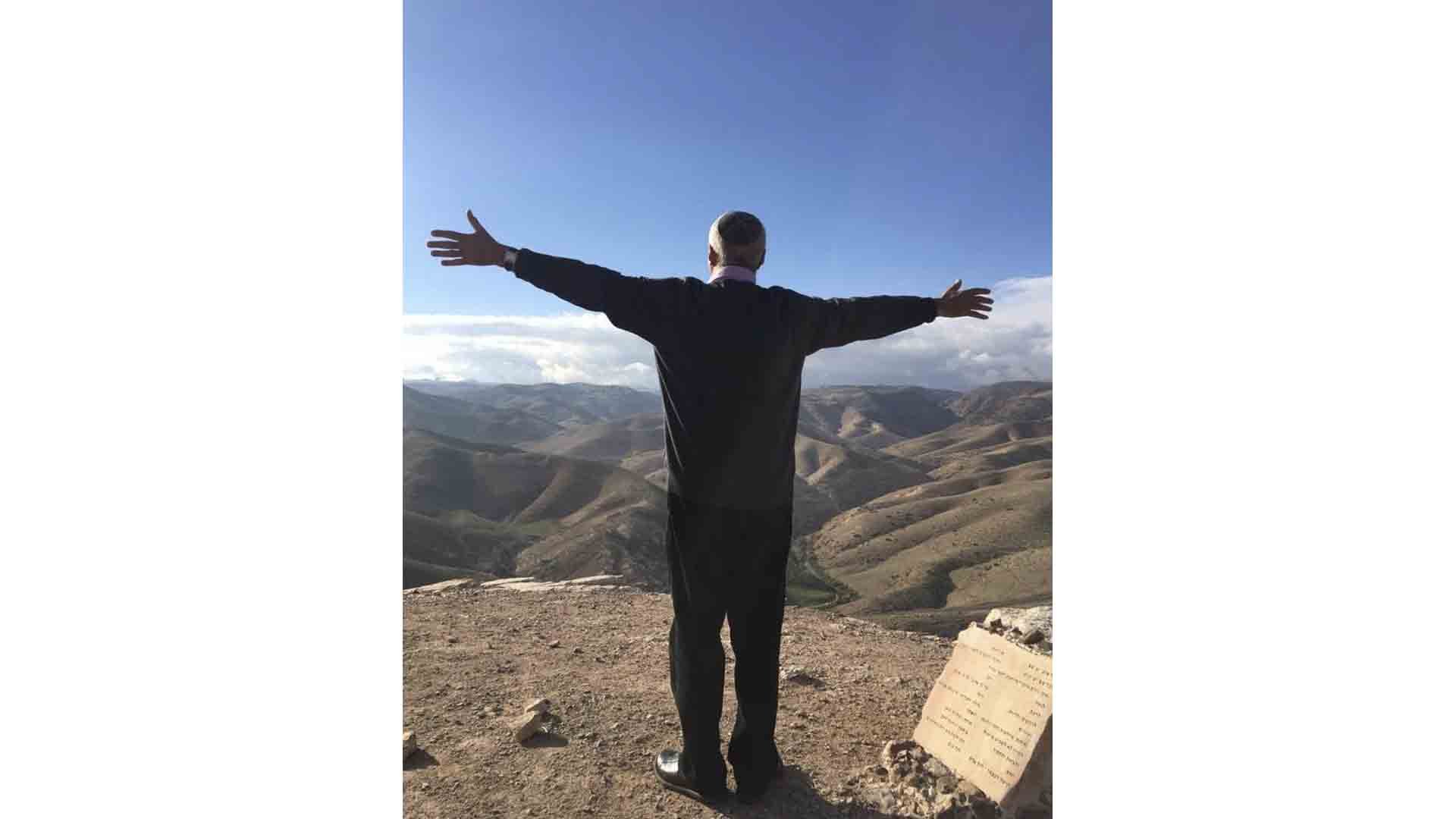For the source text click/tap here: Yoma 46
To download, click/tap here: PDF
Rabbi Meir rules that on Yom Kippur there are five times when the sacrifices are arranged on the altar, including one for burning the left-over parts of the sacrifices that had not been burned up prior to the beginning of Yom Kippur. Clearly Rabbi Meir permits burning these innards on Yom Kippur, which has the same level of prohibition as Shabbat.
Previously, the Gemara assumed that Rav Huna was discussing the possibility that the sacrifice of the daily offering overrides Shabbat. The Gemara now clarifies if this was his intention: What is meant by saying that the end of its service does not override the halakha?
The question of whether Shabbos is הותרה - permitted in order to save a life, or whether Shabbos is merely דחויה— pushed off, has many important consequences.
An application of this question relates to a dispute between Rashi and Maggid Mishnah concerning performing a procedure for a dangerously ill patient when refraining from this procedure would not pose a danger to the patient.
This leads us to the practical application and our review of an important paper regarding mental illness and Shabbat Halacha.





















